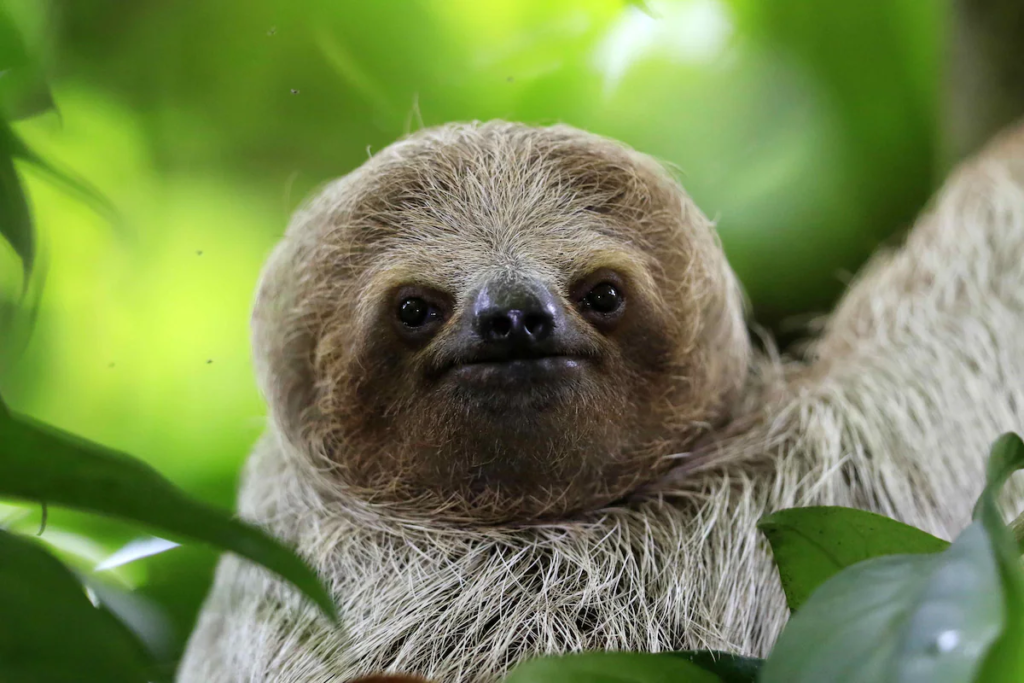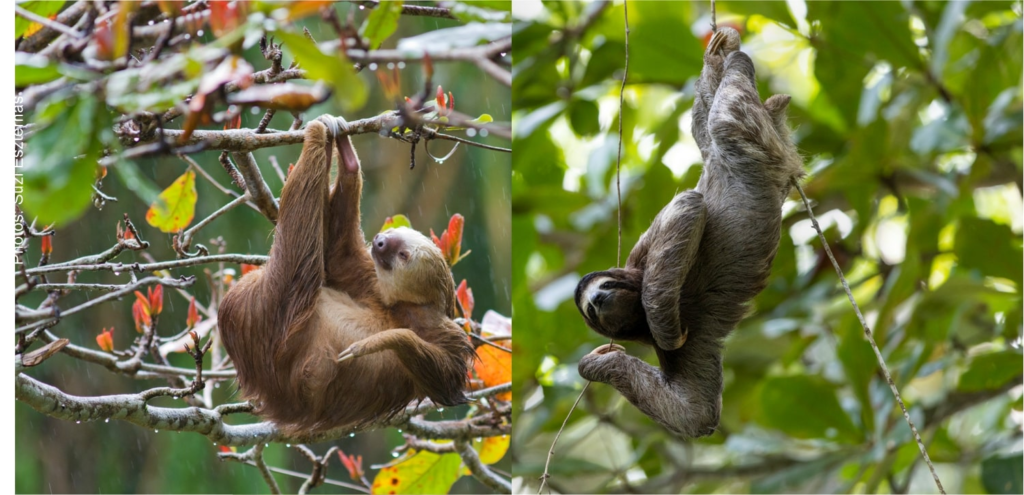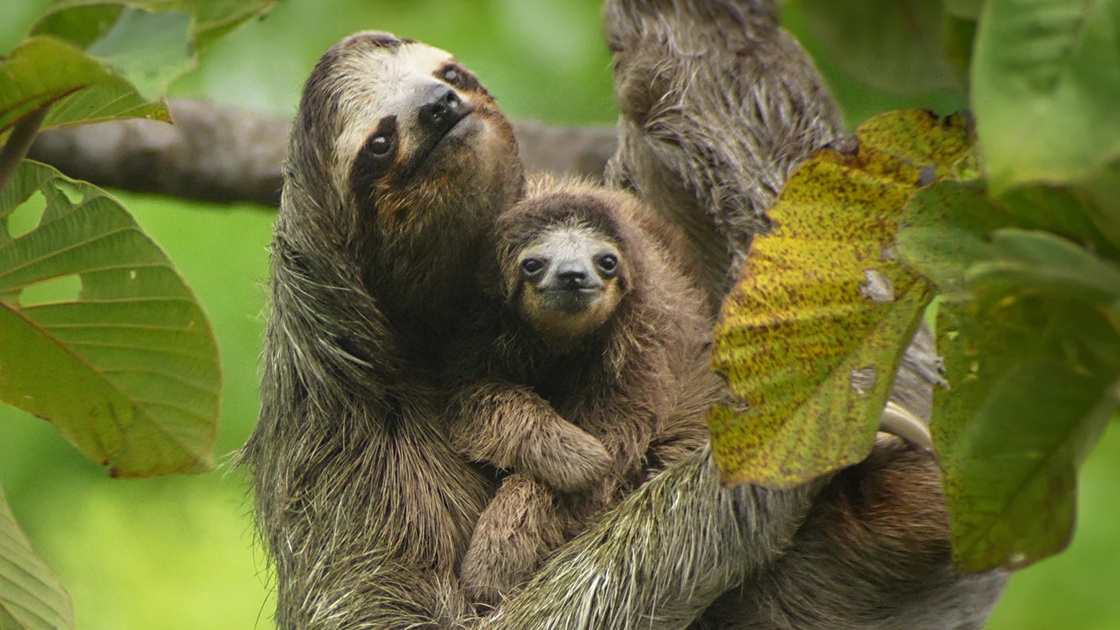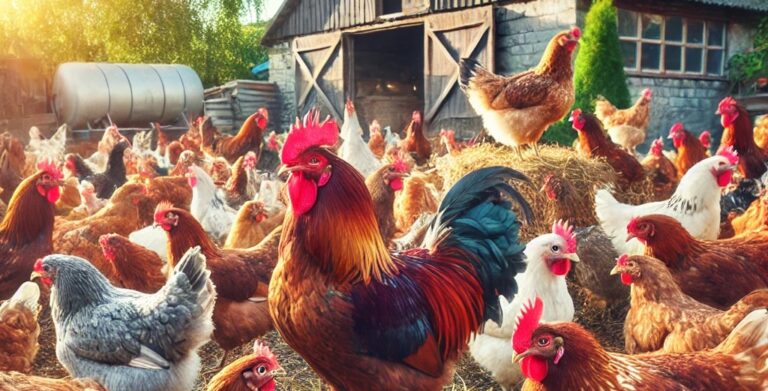Sloth Names: Discover 250+ Creative Ideas for Your Favorite Slow-Moving Friends
Introduction to Sloth Names
Sloths are among the most fascinating creatures on our planet, captivating hearts with their serene demeanor and unique lifestyle. These slow-moving mammals, native to Central and South America, have evolved over millions of years to thrive in their arboreal habitats. Known for their leisurely pace, sloths spend most of their lives hanging upside down from tree branches, feeding on leaves, fruits, and buds. Their peculiar behavior and adorable appearance make them a favorite subject for nature enthusiasts and researchers alike. Before we delve deeper into the world of sloths, here is a table featuring 250+ creative sloth names that you can use to name your pet sloth or simply enjoy as inspiration:

| Name | Name | Name | Name | Name |
|---|---|---|---|---|
| Luna | Bella | Max | Charlie | Oliver |
| Daisy | Leo | Mia | Archie | Sophie |
| Coco | Ruby | Felix | Poppy | Jasper |
| Rosie | Theo | Lily | Oscar | Ivy |
| Milo | Hazel | George | Maisie | Alfie |
| Elsie | Benny | Nellie | Samson | Dottie |
| Bruno | Willow | Teddy | Freya | Rufus |
| Pearl | Hugo | Clover | Percy | Fern |
| Winston | Olive | Arthur | Daisy-May | Marley |
| Blossom | Barney | Maple | Dexter | Primrose |
| Ziggy | Tilly | Gus | Edith | Otis |
| Flora | Rupert | Posy | Finn | Iris |
| Monty | Pippa | Casper | Lila | Harvey |
| Mabel | Louie | Stella | Bertie | Rose |
| Murphy | Violet | Stanley | Phoebe | Reggie |
| Holly | Chester | Grace | Albie | Esme |
| Spike | Juniper | Toby | Clara | Ollie |
| Evie | Harry | Matilda | Riley | Bea |
| Eddie | Clementine | Jax | Aurora | Zeke |
| Seraphina | Asher | Celeste | Magnus | Lyra |
| Atlas | Nova | Orion | Penelope | Cassius |
| Calliope | Silas | Isolde | Atticus | Elowen |
| Leif | Rowan | Sage | Indigo | Flynn |
| Briar | Heath | Marigold | Nash | Wren |
| Ellis | Ember | Jude | Skye | Rhett |
| Coral | Ezra | Meadow | Wyatt | Dove |
| Arlo | Faye | Beau | Elara | Cade |
| Serenity | Knox | Dahlia | Reed | Amara |
| Lennox | Selene | Phoenix | Seraphine | Titan |
| Elodie | Zane | Aria | Blaze | Nyx |
| Sol | Sage | River | Echo | Winter |
| Skyler | Ocean | Forest | Rain | Storm |
| Misty | Cloud | Star | Comet | Galaxy |
| Luna-Belle | Sunny | Shadow | Pebble | Twig |
| Leaf | Bark | Moss | Fern | Ivy |
| Petal | Blossom | Daisy | Rose | Lily |
| Clover | Poppy | Buttercup | Honey | Sugar |
| Caramel | Cookie | Brownie | Muffin | Pancake |
| Waffle | Donut | Cupcake | Pie | Marshmallow |
| Biscuit | Churro | Pretzel | Bagel | Scone |
| Toffee | Fudge | Candy | Jellybean | Gummy |
| Sprinkle | Frosting | Glaze | Sherbet | Sorbet |
| Macaron | Truffle | Nutmeg | Cinnamon | Ginger |
| Basil | Thyme | Sage | Mint | Lavender |
| Pine | Cedar | Birch | Oak | Maple |
| Willow | Aspen | Elm | Fir | Pinecone |
| Acorn | Chestnut | Walnut | Hazelnut | Almond |
| Pecan | Cashew | Pistachio | Peanut | Coconut |
| Mango | Kiwi | Peach | Plum | Cherry |
| Apple | Berry | Grape | Lemon | Lime |
| Orange | Banana | Melon | Papaya | Guava |
Now that we’ve sparked your imagination with these delightful names, let’s explore the incredible world of sloths in greater detail.
Table of Contents
The Unique Biology of Sloths
Adaptations for an Upside-Down Life
Sloths are uniquely adapted to their upside-down existence. Their long limbs and curved claws allow them to grip branches effortlessly, enabling them to hang suspended for extended periods. Their muscles are specially designed to conserve energy , which is crucial given their low-calorie diet primarily consisting of leaves. Unlike most mammals, sloths have a slow metabolism, taking days to digest a single meal. This metabolic adaptation helps them survive in environments where food sources may be scarce.
Another fascinating aspect of sloth biology is their fur. Sloth fur hosts symbiotic algae , giving it a greenish tint that provides excellent camouflage against predators like eagles and jaguars. This mutualistic relationship benefits both the sloth (camouflage) and the algae (a place to grow). Additionally, sloths’ fur serves as a habitat for various insects, including moths, further highlighting their role in maintaining ecological balance.
Sleep Patterns and Activity Levels

Contrary to popular belief, sloths do not sleep all day. While they are indeed slow-moving, studies show that wild sloths typically sleep around 10 hours per day , much less than captive ones who might snooze up to 20 hours. During their waking hours, sloths engage in activities such as eating, grooming, and traveling between trees—albeit at a glacial pace.
Their sluggish movements are not due to laziness but rather an evolutionary strategy to minimize energy expenditure. By moving slowly, sloths reduce their chances of being detected by predators while conserving vital resources.
Types of Sloths: Two-Toed vs. Three-Toed
There are two main types of sloths: two-toed sloths and three-toed sloths . Despite their similar appearances, these species differ significantly in terms of anatomy, behavior, and habitat preferences.
Two-Toed Sloths
Two-toed sloths (Choloepus spp. ) are slightly larger than their three-toed counterparts and possess longer snouts. They are more active and versatile climbers, often descending to the ground to move between trees. Interestingly, two-toed sloths are nocturnal, meaning they are primarily active during the night.
These sloths also exhibit a broader dietary range, occasionally consuming small insects or carrion alongside plant matter. Their adaptability makes them resilient survivors in changing environments.
Three-Toed Sloths
Three-toed sloths (Bradypus spp. ), on the other hand, are strictly diurnal and rarely leave the safety of their treetop homes. With rounder faces and stubbier tails, they are instantly recognizable. Three-toed sloths are highly specialized herbivores, relying almost exclusively on leaves for sustenance.
One notable subspecies is the maned three-toed sloth , which boasts a distinctive mane of coarse hair. Found only in Brazil’s Atlantic Forest, this critically endangered species faces significant threats from deforestation and habitat fragmentation.
Conservation Challenges Facing Sloths
Despite their charm, sloths face numerous challenges in the modern world. Habitat destruction remains the primary threat to their survival. As forests are cleared for agriculture, urban development, and logging, sloths lose access to essential resources like food and shelter.
Road Mortality and Electrocution
In addition to habitat loss, sloths frequently fall victim to road accidents and electrocution. When forced to cross roads in search of new territories, sloths become vulnerable to speeding vehicles. Similarly, power lines pose a deadly hazard, as sloths mistake them for safe pathways between trees.
Conservation organizations are working tirelessly to mitigate these risks through initiatives like installing wildlife bridges and insulating electrical cables. Public awareness campaigns also play a critical role in educating communities about coexisting peacefully with sloths.
Climate Change Impacts
Climate change poses another looming threat to sloths. Rising temperatures and altered rainfall patterns affect the availability of food and suitable habitats. For instance, prolonged droughts can lead to leaf scarcity, forcing sloths to expend more energy searching for nourishment—a challenge they are ill-equipped to handle.
Efforts to combat climate change and protect tropical ecosystems are therefore essential for ensuring the long-term survival of sloths and countless other species.
Why Sloths Matter: Ecological Importance

Sloths contribute significantly to ecosystem health, making them invaluable members of their respective habitats. As folivores, they help regulate vegetation growth by pruning trees and dispersing seeds through their droppings. This seed dispersal aids in forest regeneration, promoting biodiversity.
Moreover, sloths support complex webs of life within their ecosystems. From the algae growing on their fur to the insects residing there, sloths create microhabitats that sustain diverse forms of life. Protecting sloths indirectly safeguards countless other organisms dependent on these intricate relationships.
Fun Facts About Sloths
To wrap up our exploration of sloths, here are some fun facts that highlight just how extraordinary these creatures truly are:
- Sloths can hold their breath for up to 40 minutes , thanks to their slow heart rate and ability to slow down their metabolism underwater.
- Despite their slowness on land, sloths are surprisingly adept swimmers, using their long arms to paddle gracefully through water.
- Baby sloths cling tightly to their mothers for the first six months of life, learning essential survival skills before venturing out independently.
- Sloths descend to the forest floor approximately once a week to defecate, a risky behavior believed to benefit the moths living in their fur.
Conclusion
Sloths embody the beauty of simplicity and resilience in nature. From their unique adaptations to their vital ecological roles, these gentle giants remind us of the interconnectedness of all living things. By understanding and appreciating sloths, we take one step closer to preserving the rich tapestry of life on Earth. Whether you’re naming a fictional sloth or advocating for their conservation, remember that every effort counts in protecting these remarkable animals.
Also check – 110+ Cute Frog Names to Hop Into Your Heart






